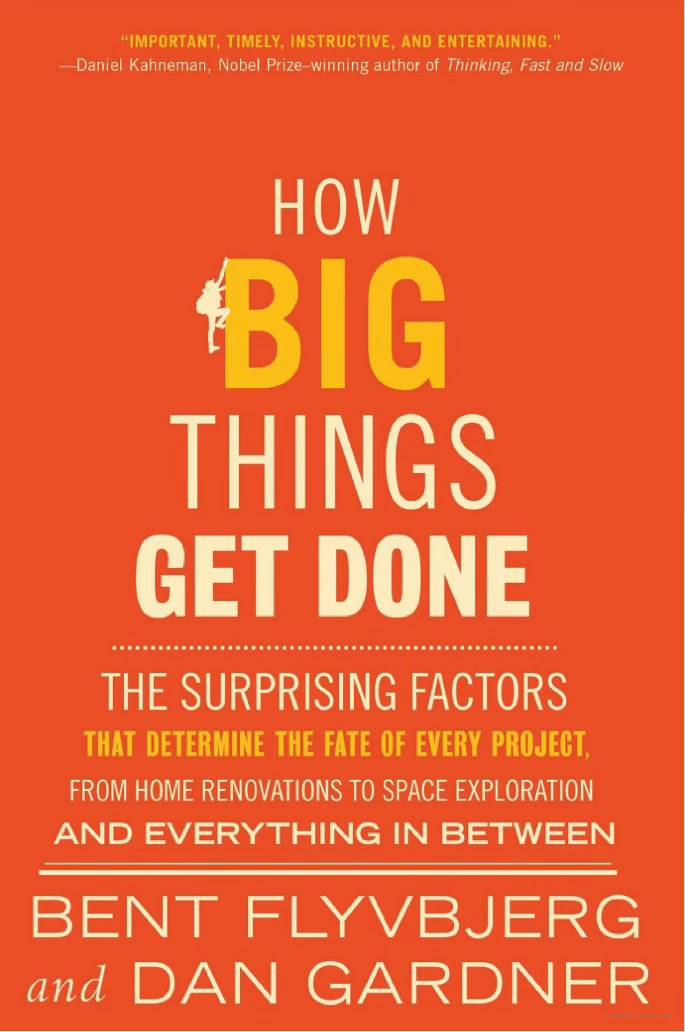How BIG Things Get DONE!
A book on how big projects like Nuclear reactors, dams, roads, skyscrapers are being built. Some of the use cases of what, why, and whatnot!
A book on how big projects like Nuclear reactors, dams, roads, skyscrapers are being built. Some of the use cases of what, why, and whatnot!
Author: Bent Flyvbjerg & Dan Gardner
Personal Rating: 5/5
Link: https://amzn.to/42UgoqK
Personal Review: What would I say, it's mind-blowing! One of my favorite. This is a 200-page easy-read book. But I took my time to finish the book. I wanted to understand each part and chapter and feel it, verify with my thoughts and process.
I am a software engineer by profession. Just because I am an engineer I was hooked on the book about how those big, impossible projects are being done. In my profession, errors, and issues are easily fixable. Most of the time it's nonbreaking, nondamaging change. But the big projects like roads, ships, nuclear reactors, and monuments are huge huge projects with almost zero possibility of reverting the changes. Still, those are being done every day. This book kind of gives those senses how to map with my day-to-day activity understanding of decades-old big project building process.
The failure and success of the big projects, how to look for them, and what to prepare beforehand. And many more.
Quote from the book:
In total, only 8.5 percent of projects hit the mark on both cost and time. And a minuscule 0.5 percent nail cost, time, and benefits.
this one line 👆🏼 hit me so hard.
Money, time, and effort previously spent to advance a project are lost in the past. You can’t get them back. They are "sunk". Logically, when you decide whether to pour more resources into a project, you should consider only whether doing so makes sense now. Sunk costs should not be a factor in your thinking—but they probably will be because most people find it incredibly hard to push them out of their minds. And so people commonly "throw good money after bad," to use the old phrase.
You can't start with the technology and try to figure out how you're going to try to sell it. I made this mistake probably more than anybody in this room, and I've got the scar tissue to prove it. Today, "work backwards" is a mantra in Silicon Valley.
Tinkering sometimes requires tenacity and it always requires a willingness to learn from failure
A good plan is one that meticulously applies experimentation or experience. A great plan is one that rigorously applies both.
For such projects, experience can help enormously. If there is a design—or a system, process or technique—that has delivered many times before, use it, or tweak it, or mix-and-match it with similarly proven designs. Use off the shelf technologies. Hire experienced people. Rely on the reliable. Don't gamble if you can avoid it. Don't be the first. Remove the words custom and bespoke from your vocabulary.
With good testing mechanisms that make failure relatively safe, take calculated risks and try new ideas.
The success of any project depends on getting the team right— "getting the right people on the bus" as one colleague metaphorically put it "and placing them in the right seats," as another added
Make Friends and Keep them friendly. It's risk management. and Build your bridges before you need them.



